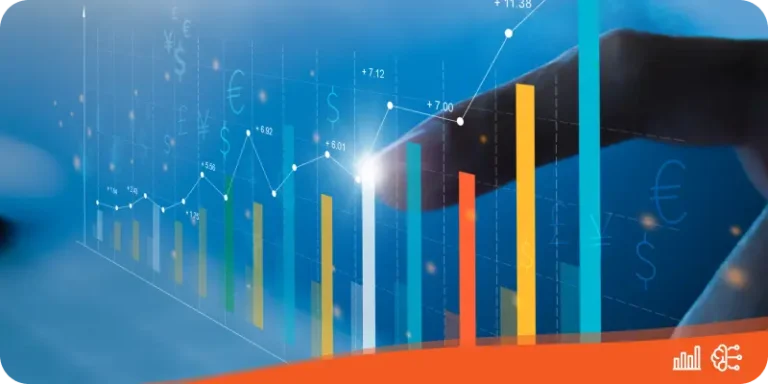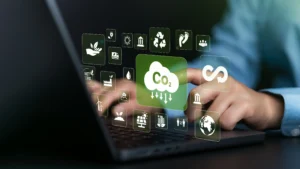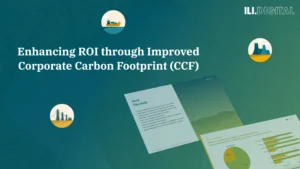
- Industries

Transforming Financial Instructions
With Innovative Digital Solutions - Services

Reduce Corporate carbon Footprint with gecco2
- Insights

Corporate Carbon Footprint and ROI
- About
- Industries

Transforming Financial Instructions
With Innovative Digital Solutions - Services

Reduce Corporate carbon Footprint with gecco2
- Insights

Corporate Carbon Footprint and ROI
- About
EN
Have you ever ran out of mobile data, or had no access to data at all in a super crowded place?
More and more, people today are realizing that we are at the verge of our current technology’s limitation. That was a simplistic example, however, there are many other situations where you can notice this trend, in business or consumer environments. At the current state, our needs for data services frequently exceeds the technical capabilities available.
Lucky for us, such issues are going to be a thing of the past.
Vinícius Ferraz – CAIO at ILI.DIGITAL
Vinicius Ferraz: the 5G Revolution

Enhanced Mobile Broadband (eMBB):
Ultra Reliable Low Latency Communications (URLLC):
Massive Machine Type Communications (mMTC):
Sounds good, no? But how is this all of this possible?

Already tired of technical terms?
When the rising demand for non-physical interactions suddenly bring telecommunications to the center of the stage
Related articles
Read more interesting articles on the topic of AI and data science and how it can impact your business.







